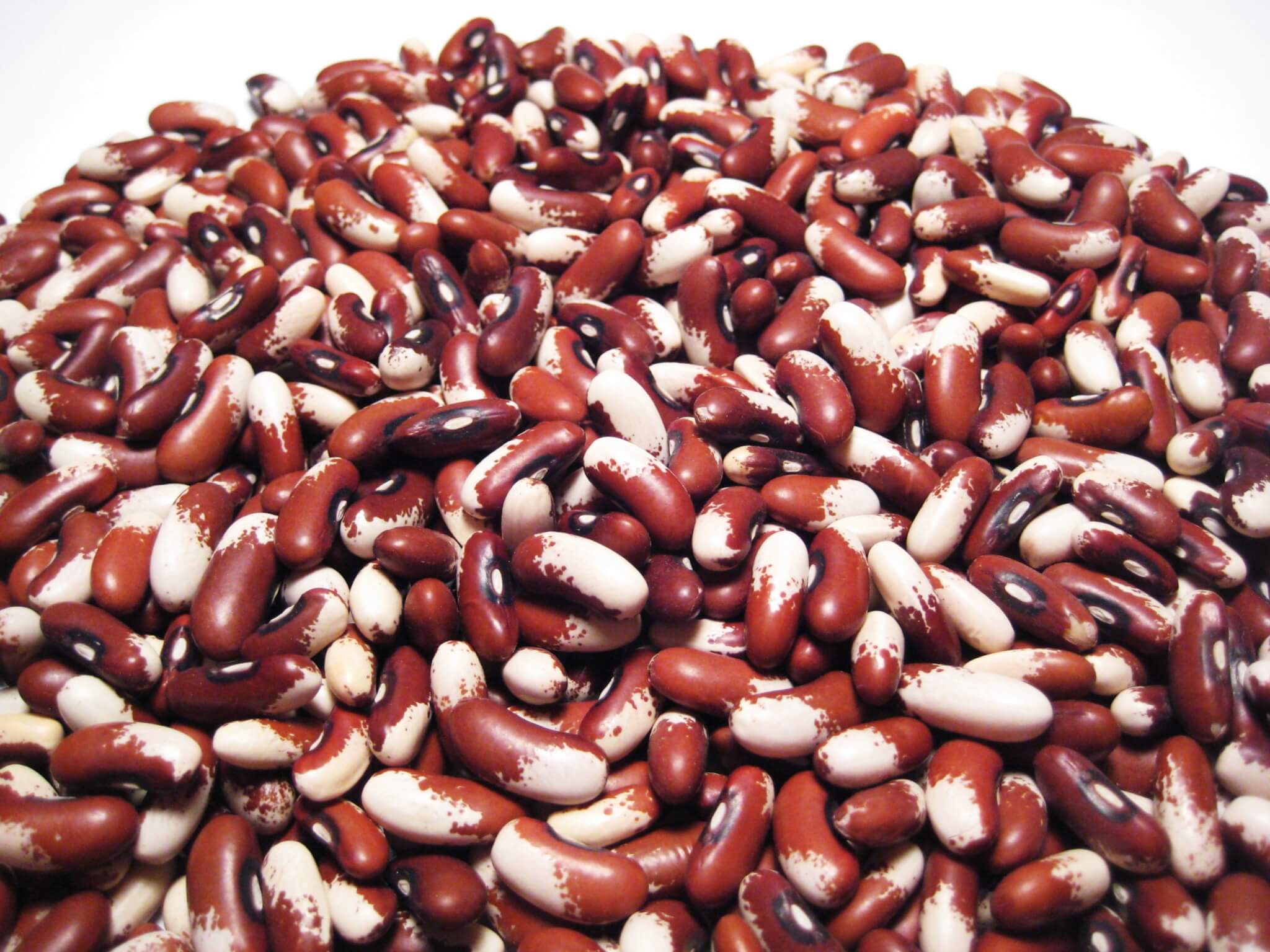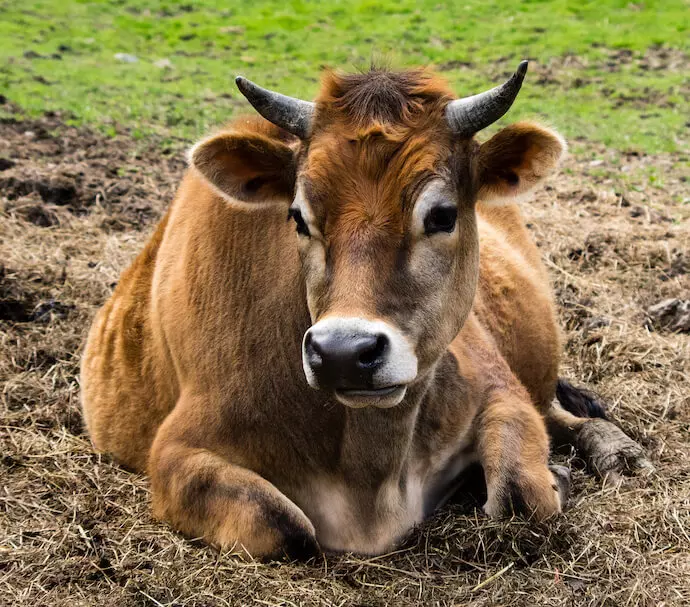
Ask the Chef: Bothered by Beans
Ask the Chef: Bothered by Beans
“Dear Chef Linda, I’ve heard you say that buying dried beans and cooking them is best. Sounds silly, but even though I’ve tried it, I’m still not comfortable. I’ve cooked beans before and sometimes even after a long time on the stove, they’re still too hard. I also don’t know what to do with all the extra beans that I cooked and don’t use. Seems like it’s easier to buy them canned. Can you help?” Bothered by Beans Dear Bothered, Don’t let beans beat you down! Using dried beans can be more economical, better for your health and frankly, better tasting. Canned beans are fine to keep in the pantry, I’ve got a few cans myself, but my preference is always for dried. If you ever tasted a chickpea from a can versus dried-and-cooked, you’ll become a believer. The texture is far superior and the taste is fresher. There are as many opinions on how to prepare dried beans as there are varieties of beans. Soak, don’t soak. Salt, don’t salt. Quick boil, long slow boil. Here’s where I stand on cooking beans:- Soak: I soak them for as long as I have time; sometimes that’s overnight, other times, it’s for a few hours. I use the pot I’m going to cook them in, cover them with 2 inches of water and let ’em sit. Soaking reduces the cooking time, it does not, as urban legend purports, reduce the gas-factor. If you see any debris or beans that look wrinkled or just downright funky, pick them out before cooking.
- Cook: Drain and rinse the beans and place them back in the pot covered again, by about two inches of water. Salt the water. One of my culinary instructors taught us that the water should taste like sea water, that’s how salty it should be. Some people say salting at this stage makes the beans tougher. I’ve not seen that to be true, but what I do know is that you’ll have to use two-three times the amount of salt to add flavor AFTER you boil them. Even then, they never have the right flavor, in my opinion, so unless you have health concerns, don’t be shy, couple of tablespoons is about right. You can add onions, garlic and spices at this stage to enhance the flavor. I add a strip of dried kelp or kombu. It’s a sea vegetable that imparts health-supportive minerals during the cooking process and adds to the flavor. Cover the pot, bring to a boil, then reduce the heat to a hardy simmer. Depending on the bean, it could take 30 minutes to over an hour. One trick to hasten the process is to add a pinch of baking soda to the water. Watch carefully though, I’ve done this and overcooked more than one pot of beans this way. One note, a covered pot reduces the cooking time dramatically, so dig into that cabinet and find a cover. If I happen to be in the kitchen during the process, I skim off the foam that rises and discard it.
- Store: Cooked beans will keep for nearly a week in the fridge, but if you know you aren’t going to use them all, try freezing them in small portions in plastic baggies. I put about 1 cup per bag, and if I know I’m going to need beans for dinner the next day, I take the baggie out the night before and put it in the fridge. By the time I’m ready to make dinner, they’re ready and I didn’t have to use the can opener.
Add Love + Stir, Compassionate Cuisine, Ingredient Spotlight
Tags




